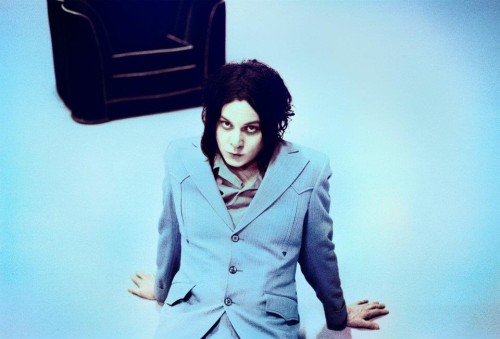 Have you ever walked into the gallery of a world-famous artist, looked around at the beautiful art, admired his immense talent, but never really got a grasp of the artist’s perspective?
Have you ever walked into the gallery of a world-famous artist, looked around at the beautiful art, admired his immense talent, but never really got a grasp of the artist’s perspective?
I felt a little like that at Jack White’s show on Tuesday night at the Saenger Theater. I’ve been a long-time fan of the famous guitar man, and have followed most of his acts from the White Stripes to his current solo tour, but White is not as cut-and-dried as other artists of his stature. He wants to take you on a journey, confuse you, scare you, but above all, thrill you.
White’s second album, Lazaretto, is set to release on June 10. For all those wondering, a lazaretto is a place for lepers — a seemingly appropriate album name for the self-proclaimed outcast. The album comes two years after White’s first solo album, Blunderbuss.
The show began with “High Ball Stepper,” a single off the not-yet-released album. In traditional White sense, it’s a mostly instrumental song with his (intentionally) not-so-perfect notes. This is what separates White from all of the others (especially the Black Keys, if you ask him). He reintroduced us to garage-punk more than a decade ago and continues to modify and subtly (and even more loudly) change a genre for which he is given credit in its modern form. There were traces of blues and folk, metal and punk, and, needless to say, rock & roll.
The band included five others, all situated around White on stage. The drums did not sit in their usual location in the back center stage, but rather to White’s right, and the keyboardist to his left. The group had all played with White during his Blunderbuss tour. The men were part of his all-male group, The Buzzards; Lillie Mae Rische (violin and vocals) was the only member of his all-female group, The Peacocks, on stage.
White is known to have a hand in every facet of his performances, including his band’s all-black attire. At his Third Man Records record label in Nashville, White only allows four colors on the wall, as well as on the clothing of his employees. Three white stripes (the logo for Third Man Records) were staggered above the stage during the entirety of the show.
White spoke to the audience only a few times, leaving his mysterious facade fully intact. Nearly half of the songs played during the hour and a half set were from The White Stripes era. The most engaging and powerful point in the night came during “Ball and Biscuit,” giving rise to White’s notable guitar solos, which didn’t appear as frequently as they had during his Blunderbuss tour. Just watching and hearing this song, and accepting that your ears will be ringing for several hours, is a show within itself.
The finale began with the popular Raconteurs’ song, “Steady, As She Goes.” Then he broke into his most recognizable White Stripes song, “Seven Nation Army”— a song recognizable from the first note of the guitar.
White ended the evening with a shout-out to Louisiana, saying that he “couldn’t be in Louisiana and not play” “Goodnight Irene” by Lead Belly. Admittedly (embarrassingly), it’s a song unfamiliar to me, and to what seemed like many of the people around me. But in true White fashion, I felt at ease during the confusion, aware that White is not like you and me.
I have a feeling that predictability would be his downfall. He’s an artist, and invoking emotion is what he does best.
 NOLAbeings
Multimedia artist Claire Bangser created NOLAbeings as a portrait-based story project that marries...
NOLAbeings
Multimedia artist Claire Bangser created NOLAbeings as a portrait-based story project that marries...
 Data corner: Adobe Suite (create a PDF, social media graphic, presentation, edit a photo and video
Data corner is where you go to work with analytics and top tech skills. It takes on everything from PERL and SQL to Canva and Sprout Social.
Data corner: Adobe Suite (create a PDF, social media graphic, presentation, edit a photo and video
Data corner is where you go to work with analytics and top tech skills. It takes on everything from PERL and SQL to Canva and Sprout Social.
